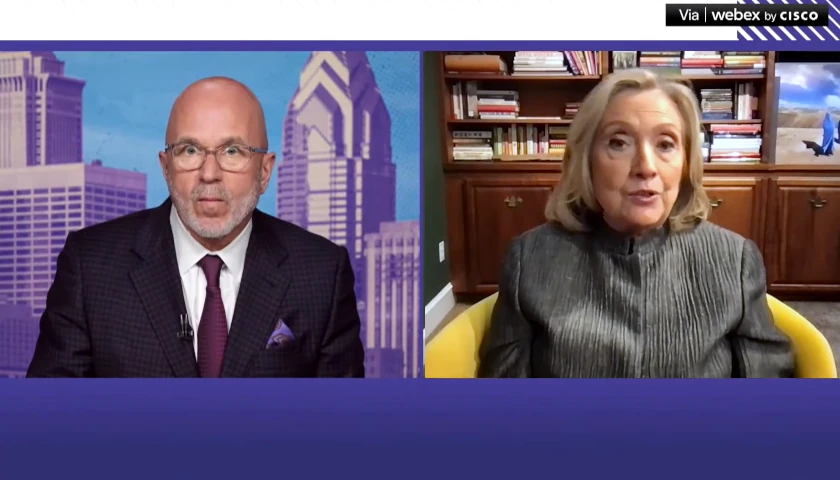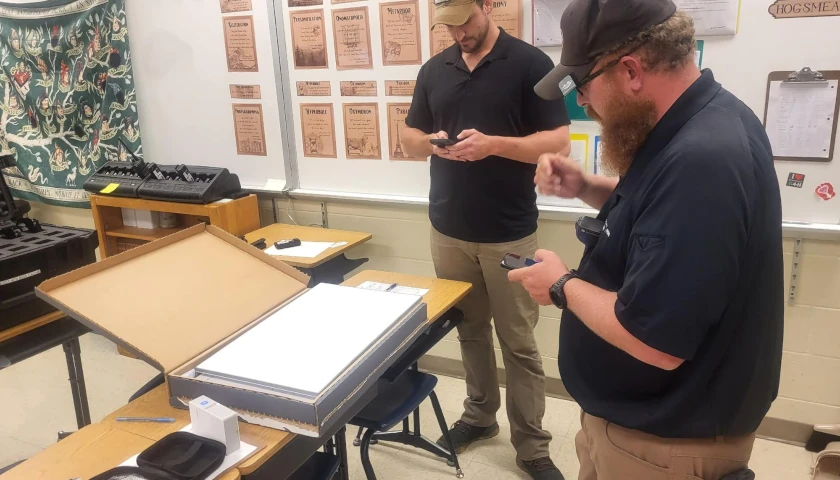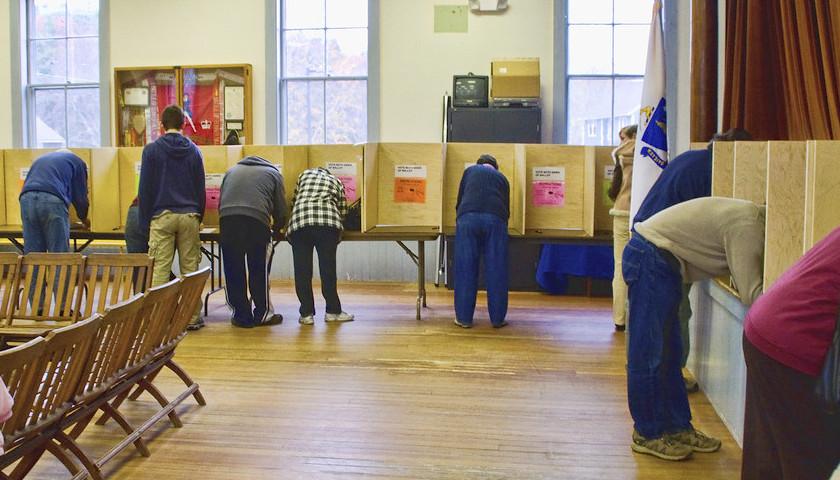by Tom Moore and Bill Esbeck
Thirty years ago, the internet as we know it today was in its infancy. Widespread use of the internet for distance learning, telecommuting, and streaming music and movies was decades away. In 1993, research usually meant a visit to the library, working remotely wasn’t a feasible option, and you might’ve carried a portable CD player for music, and “streamed” movies on your TV’s Pay Per View menu. A lot has changed in 30 years, and access to high-speed internet has dramatically improved our lives. The transformative power of broadband internet (“broadband”) is indisputable, making the expansion of high-speed internet access to unserved and underserved customers more important than ever.
Brown County residents may be aware of a proposed broadband expansion project in their area. What they may not be aware of is the potential cost of this project – “$27.2 million loan at 4 percent interest to be repaid over 30 years,” as reported by the Green Bay Press Gazette. This should raise some eyebrows. Not only does Brown County receive service from multiple broadband providers, but there are additional projects on the horizon and federal broadband funding that is expected to flow into the state. While Bug Tussel’s proposal offers repayment over 30 years’ time, as we know, a lot can change in 30 years.
There are several broadband service providers already in Brown County, including AT&T, Bertram, Bug Tussel, CenturyLink/Lumen, Charter-Spectrum, Door County Broadband, Ethoplex, Nsight, and TDS, as shown by the Public Service Commission’s broadband coverage map. Brown County has also expressed interest in working with several providers to build fiber, 5G, or other broadband services for rural areas this fall. In other words, local residents have several options for reliable, high-speed internet access in 2023.
We know that across Wisconsin there is work that still needs to be done to close the broadband gap. And there are services that exist to help fill this gap – including several providers’ programs – designed to help low-income households receive the connectivity they need. However, Brown County’s elected officials are considering a 30-year loan to provide broadband along a route where six out of 10 houses already have some form of broadband services in place (approximately 9,000 of 15,000 homes), according to a Bug Tussel presentation.
As Brown County considers this loan, we want to point out there are projects that are currently underway to expand broadband accessibility – including within Brown County – due to the Rural Digital Opportunity Fund (RDOF). RDOF is meant to bridge the digital divide by bringing high speed fixed broadband service to rural communities. Additional federal funding is also coming to Wisconsin and could total more than $1 billion this year, depending on new FCC maps of the state.
We hope residents and elected officials take this information into consideration before Brown County’s Administration Committee further discusses this potential project, which is anticipated to occur as soon as the Administration Committee’s March 23 meeting. If residents have concerns, you may want to contact your County Board Supervisor before this vote. Our organizations and members continue to be willing government partners in order to provide residents with the broadband access they need without a county-backed 30-year loan. Residents of Brown County should know they have broadband options and significant federal funding sources outside of this proposal.
– – –
Tom Moore is the Executive Director of Wisconsin Cable Communications Association. Since 1968, the WCCA has represented Wisconsin cable systems operating in over 1,000 franchise areas, serving millions of homes and businesses throughout the state. Bill Esbeck is the Executive Director of the Wisconsin State Telecommunications Association. The WSTA serves as a unified voice for more than 70 incumbent local exchange carriers, internet service providers and wireless carriers.
Photo “Brown County Courthouse” by Chris Rand. CC BY-SA 4.0.





